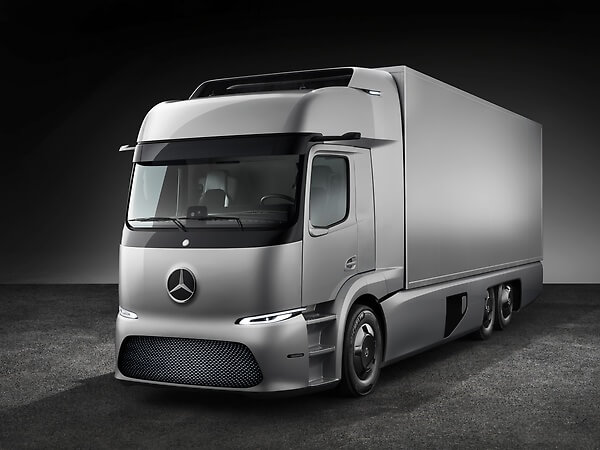OEMs of Large Trucks Embrace Electric Transportation

What a difference a decade makes.
Here’s a piece from my colleague Jon LeSage that gets into the incredible progress being made in this market sector, called Electrified Trucks Gaining Interest in Medium- and Heavy-duty Truck Segments.
He writes:
The ability to compete with the payload and range capacity of gasoline and diesel engine trucks is being watched closely. As with light-duty electric vehicles, China is a key market and a source of investors needed to succeed.
Daimler gains new investor: Li Shufu, the chairman and main owner of Chinese carmaker Geely, has amassed a stake of 9.69% in Daimler AG, the German company said in a regulatory filing last week. The $9 billion in Daimler shares makes Li the largest single shareholder in the manufacturer of Mercedes Benz cars, trucks, and vans.
Sources told Reuters that Geely’s main objective in the Daimler investment is sharing its EV technology to meet China’s demand for new energy vehicles. Commercial trucks are a big part of China’s EV strategy. Zhejiang Geely, which owns
Volvo, in December invested $3.9 billion in Volvo AB, the world’s second-largest truck maker after No. 1, Daimler Trucks.
You’ll also read about Geely’s deal made this year with Via Motors. Daimler has made comments about preparing to be the world’s leader in electrified trucks in the medium-duty and heavy-duty truck segments. Last week, the company released details on its eActros heavy-duty trucks still in development.
This serves as a reminder of the fallacy of looking at the migration away from fossil fuels as numerous discrete segments. For convenience, we tend to think of things like:
• Renewables coming to dominate the grid-mix
• Alt-fuel (primarily electric) passenger cars
• Large electric vehicles in ocean shipping, aircraft, and trucking
Jon’s article serves to remind us not only that there are no exact lines of demarcation, but also that these various arenas play off one another and create a series of virtuous cycles. A cleaner grid means a stronger imperative to electrify transportation and thus greater demand for EVs at the consumer level. Success in any of these areas draws further investment dollars, more R&D, and better, more cost-competitive products. Market dominance means better economies of scale.
We’re getting there.
That’s the interesting thing about the times in which we live, and the incredible progress that we’re making in terms of environment stewardship on a month-to-month basis. Will all this progress come in time to head off a major catastrophe?
No one knows.
